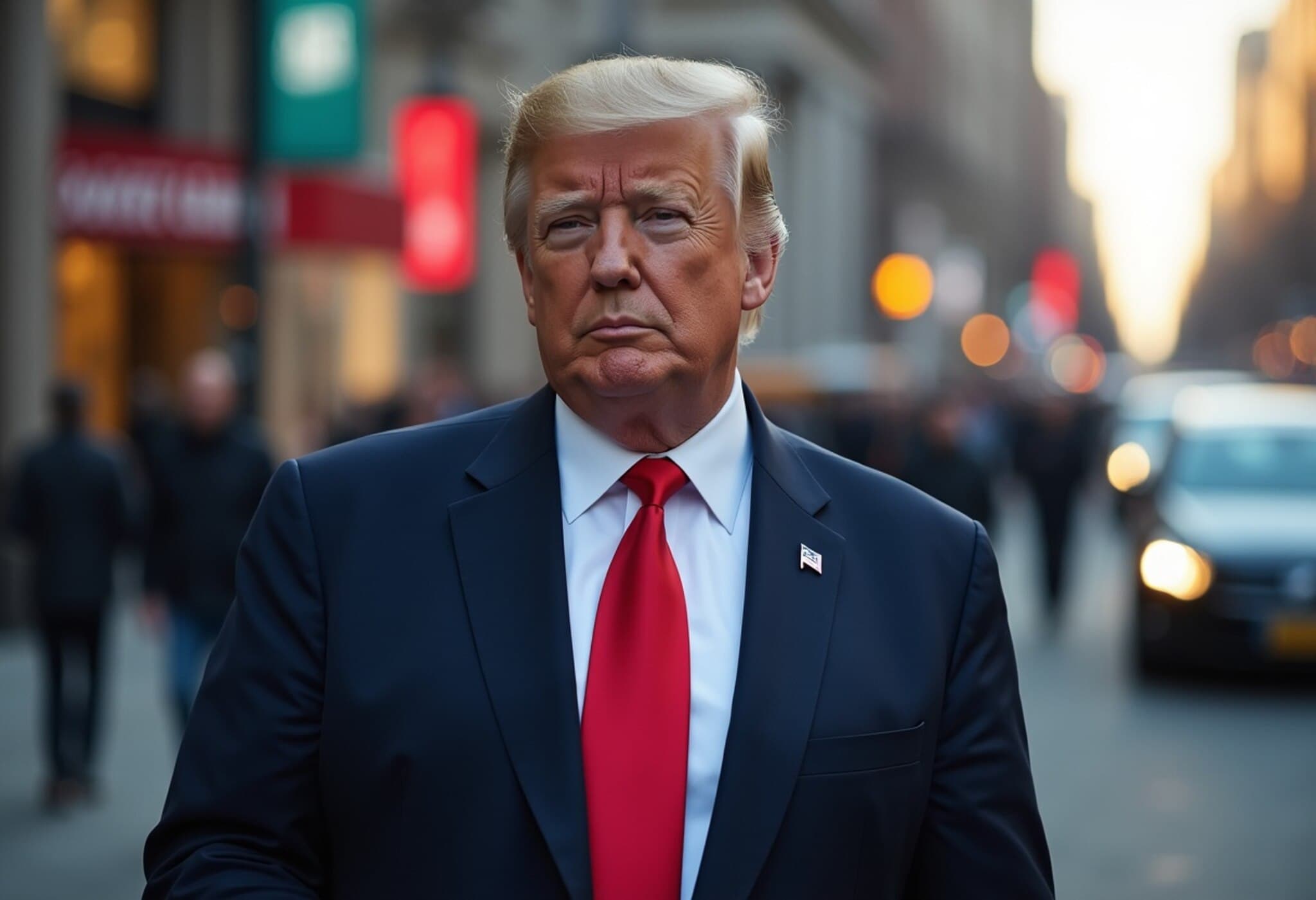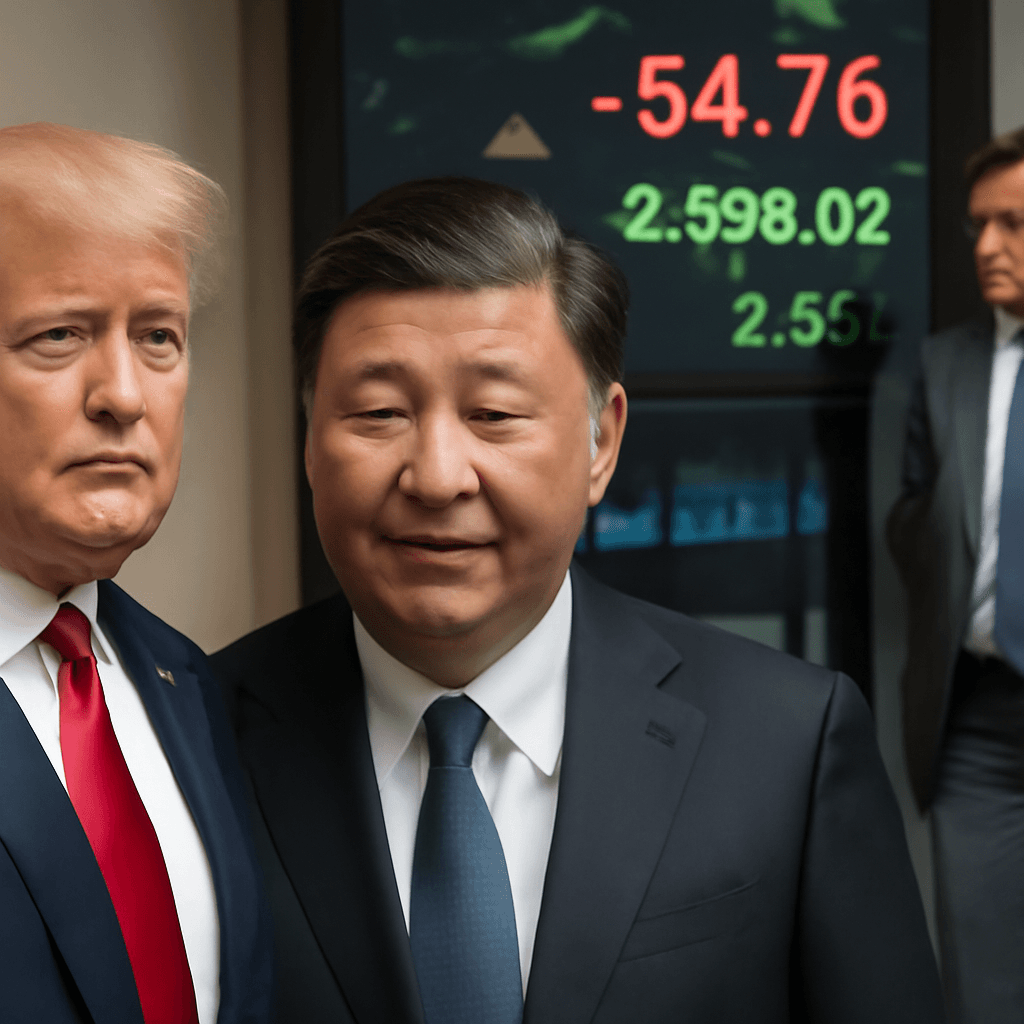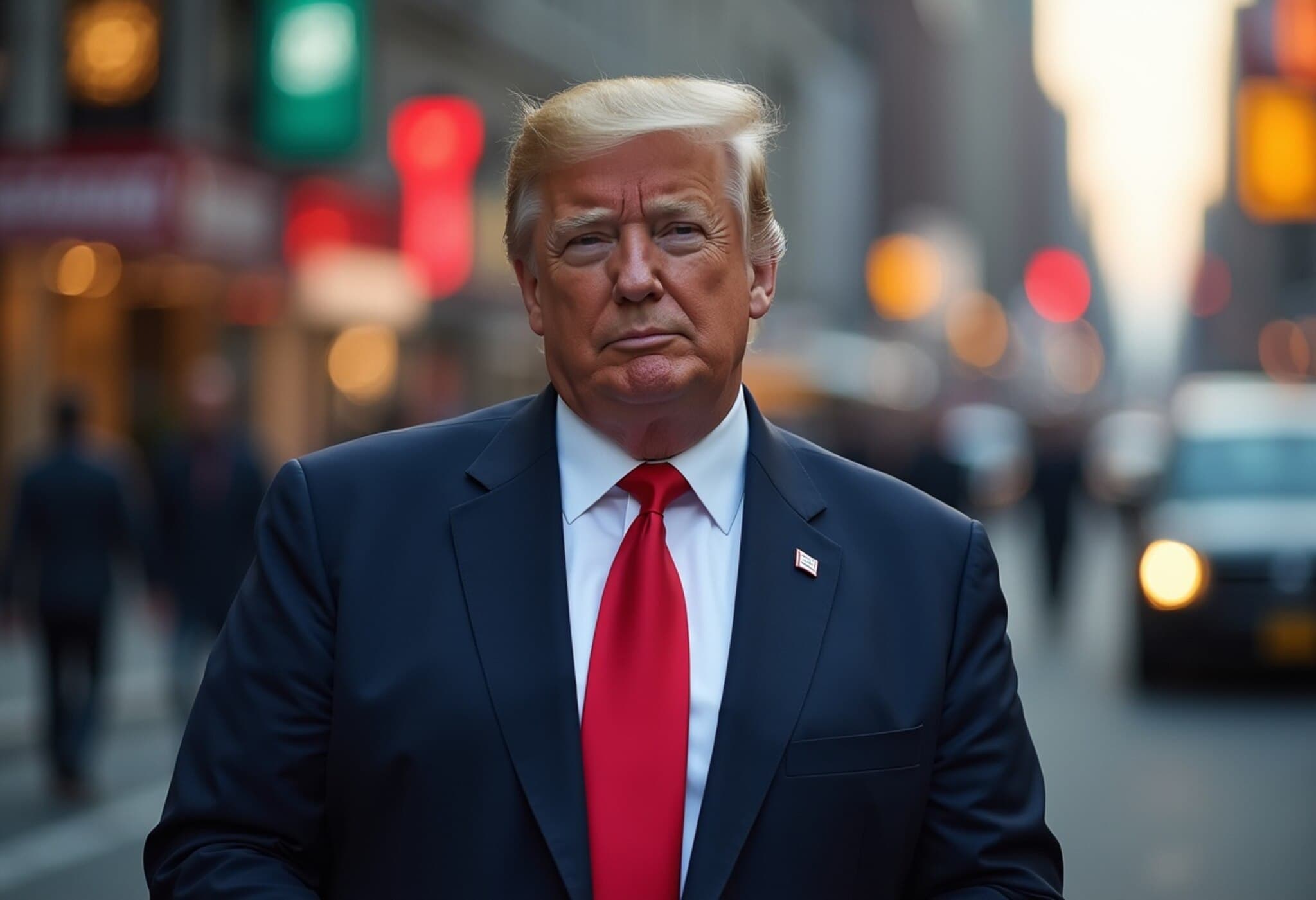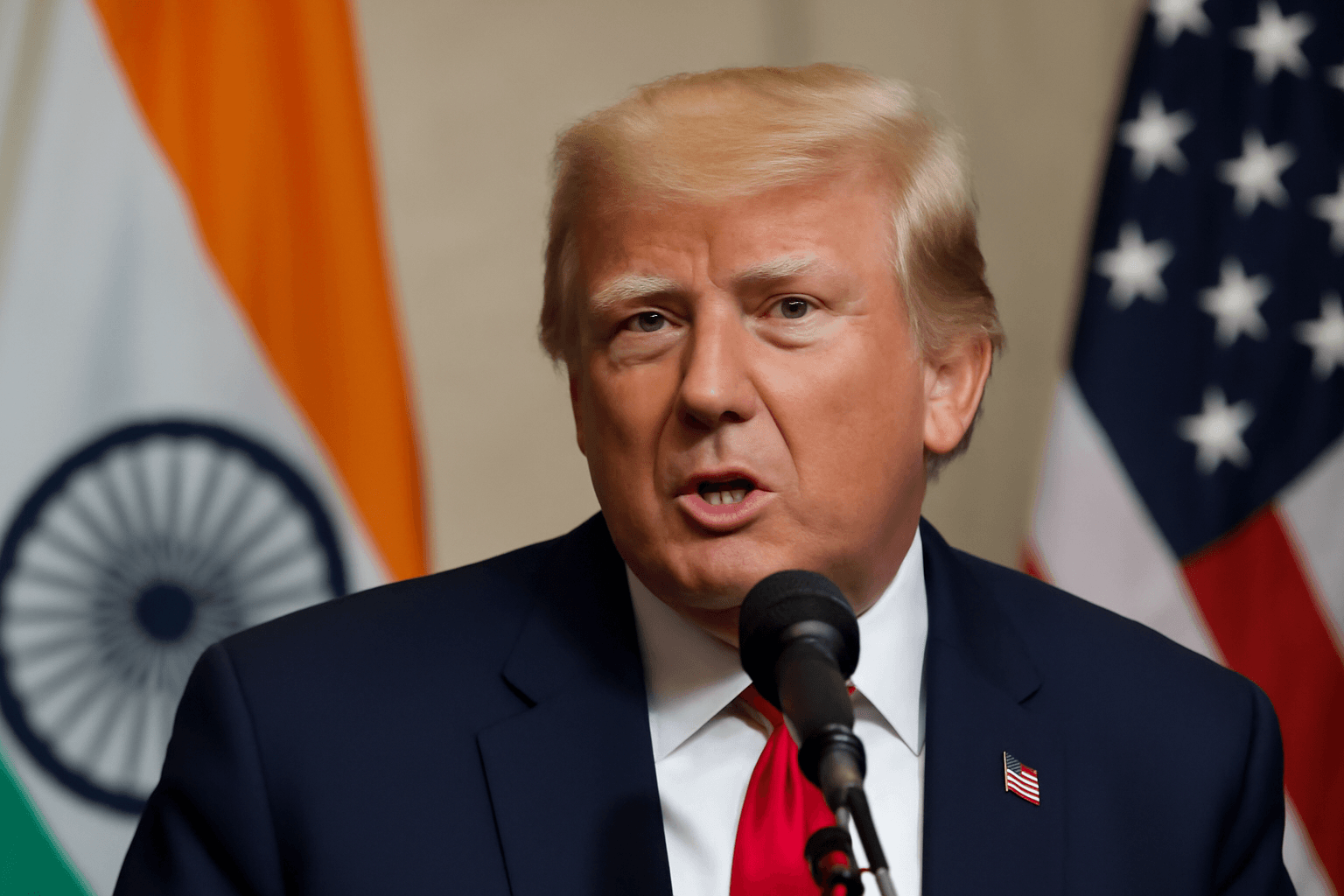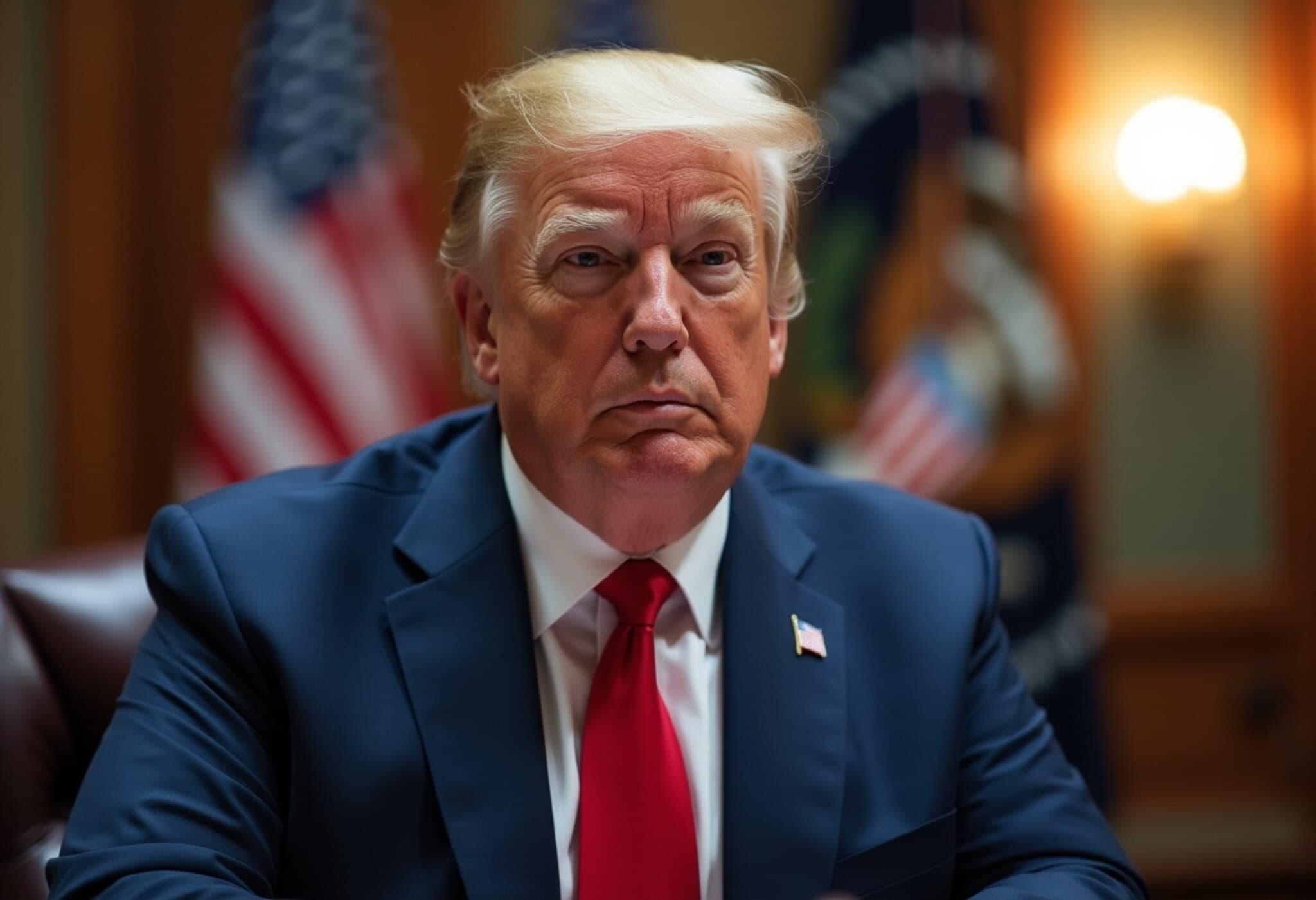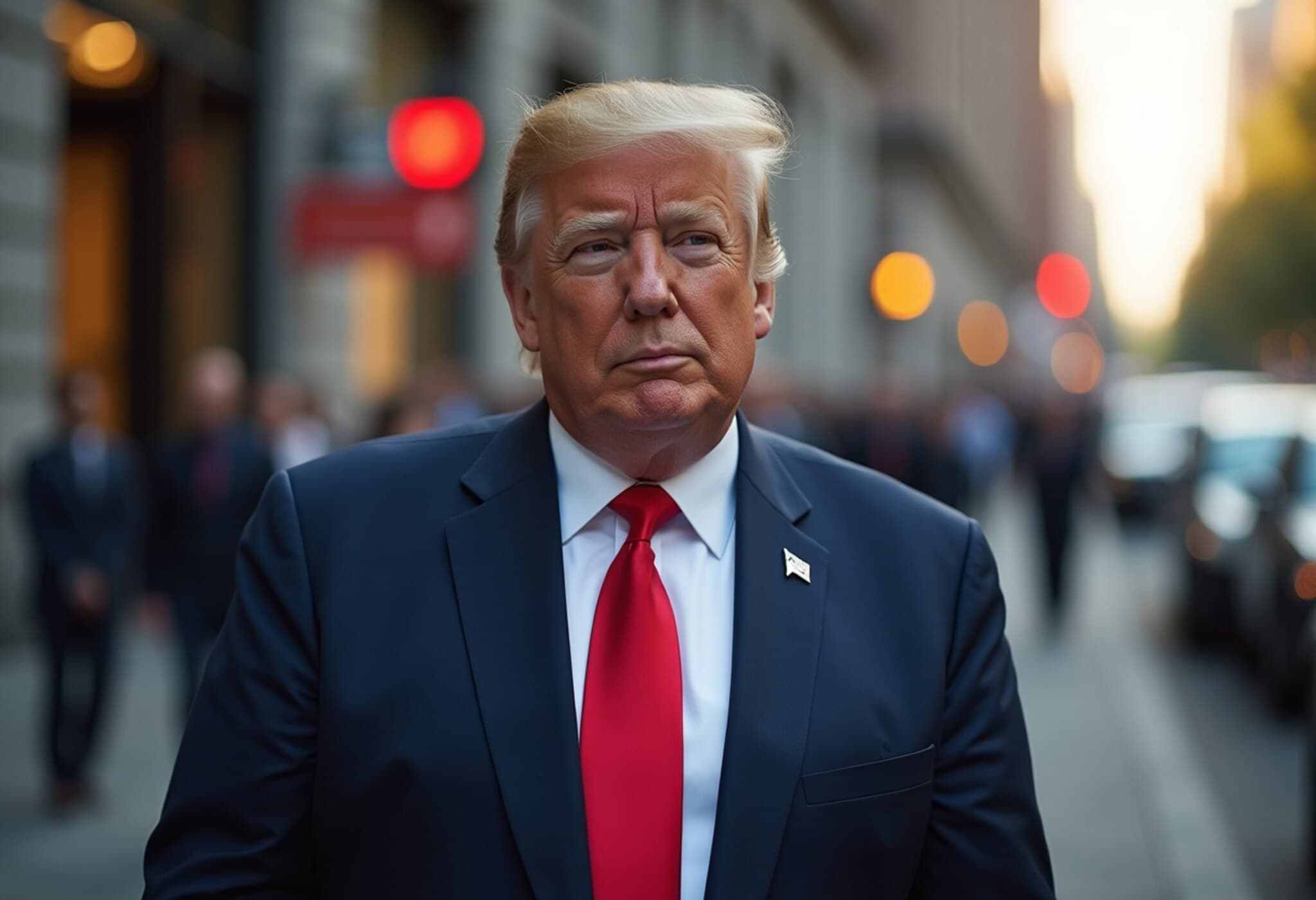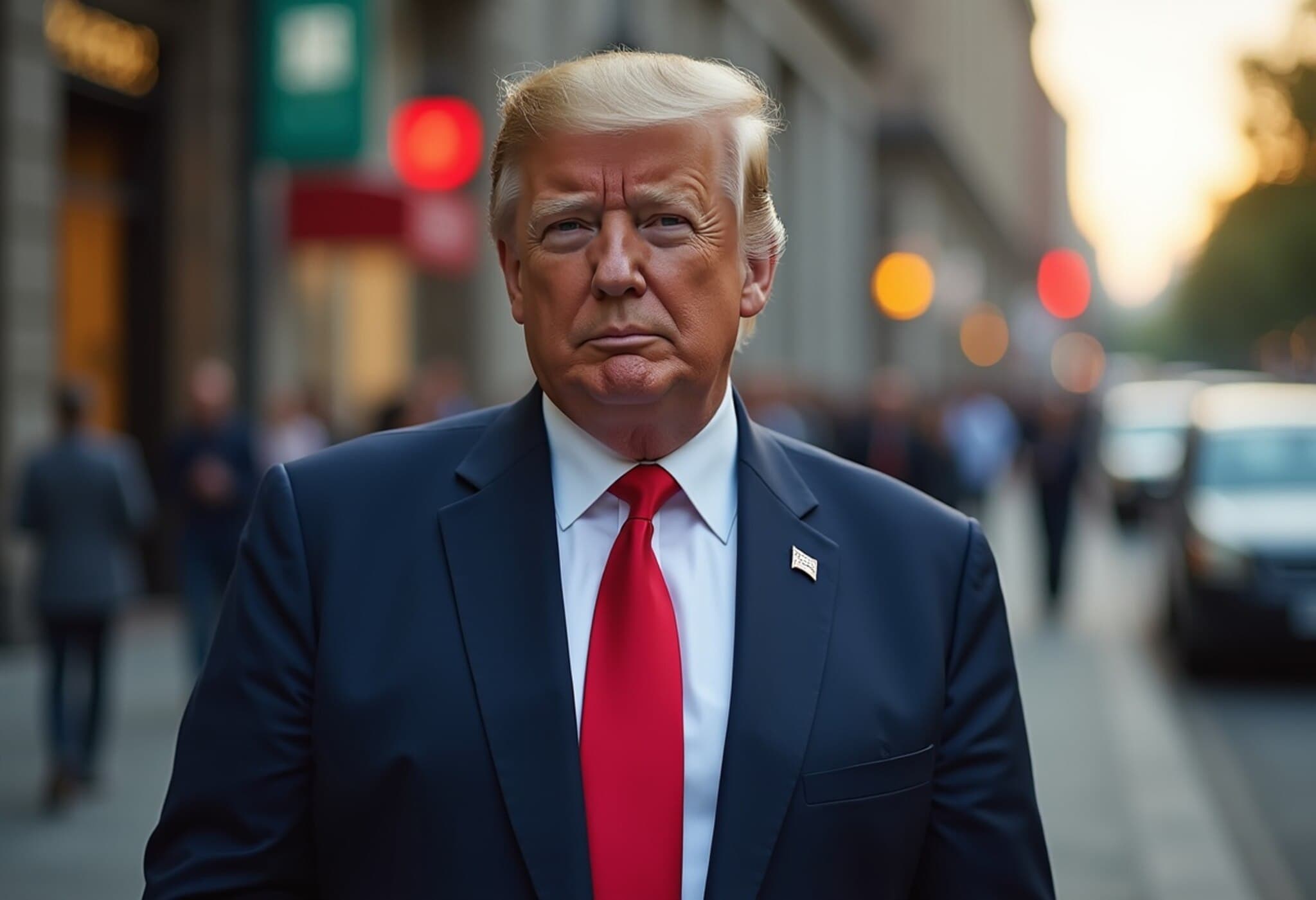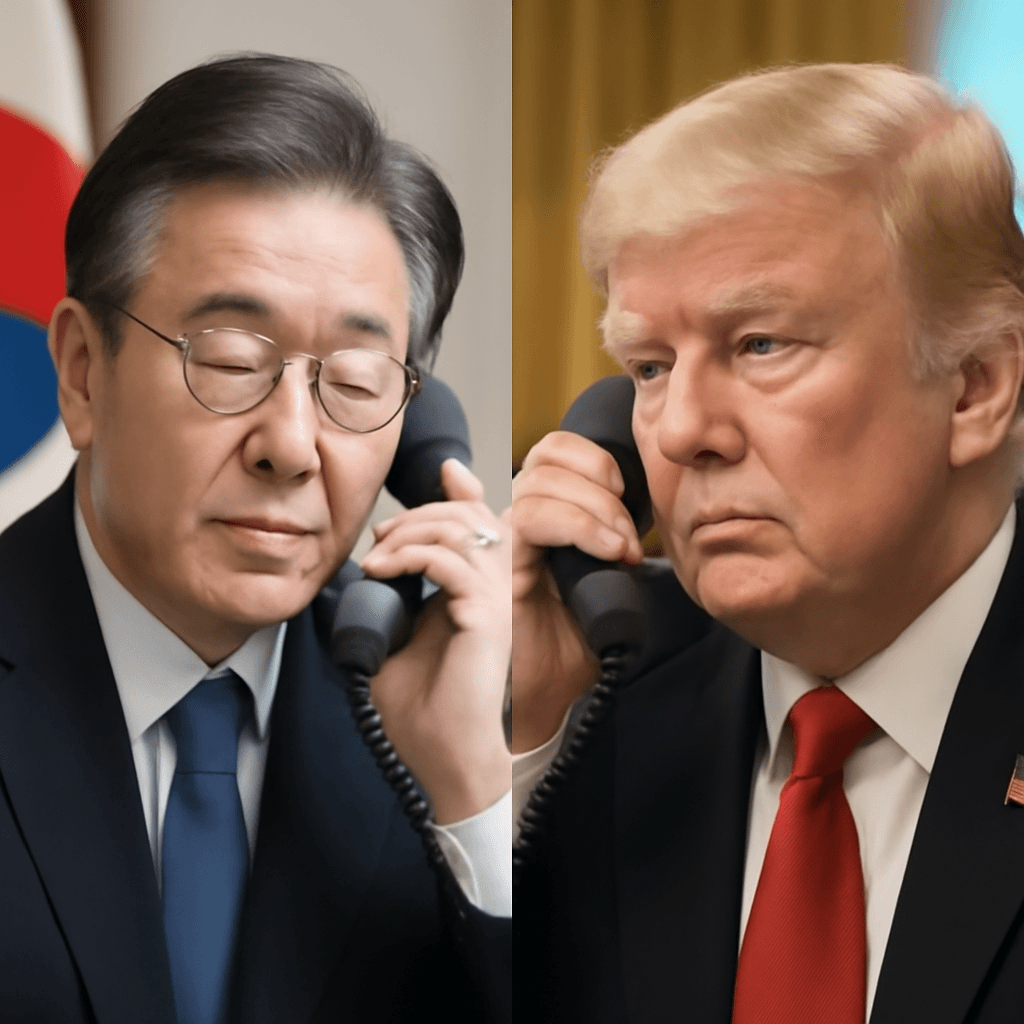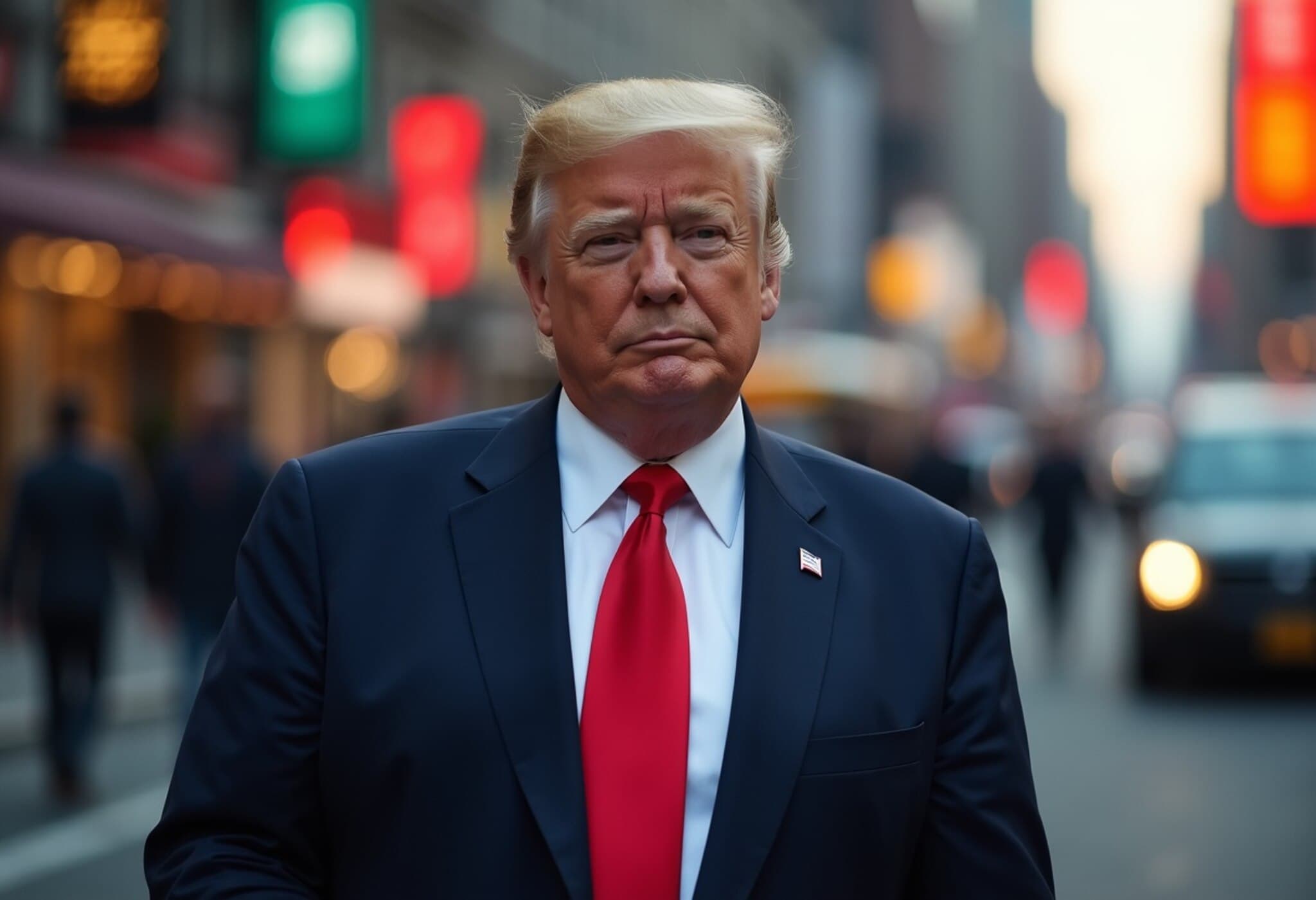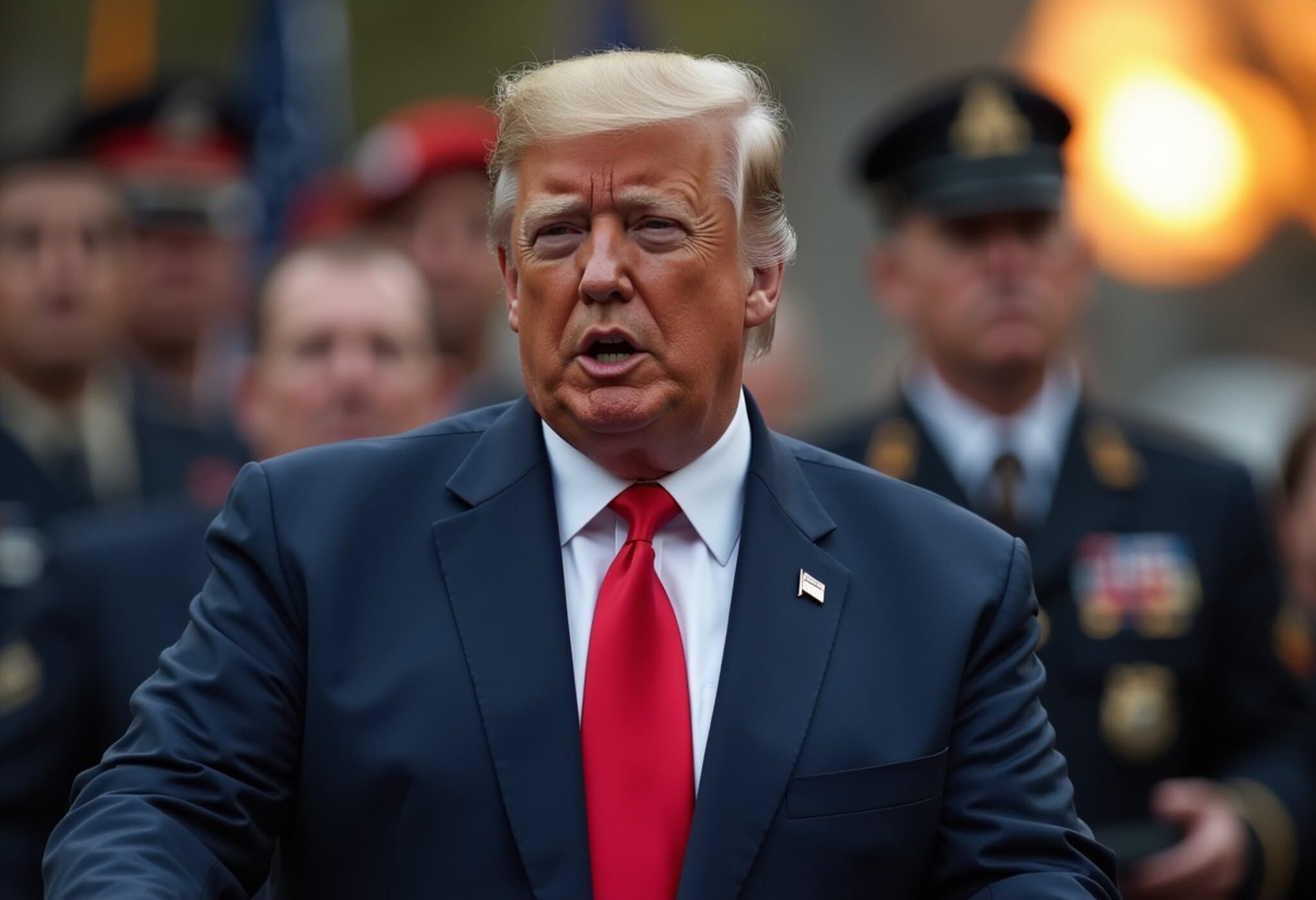Trump Unveils Stern Tariff Threat to Push Russia Toward Peace
In a bold move at the White House on July 14, 2025, U.S. President Donald Trump announced plans to impose 100% tariffs on countries and companies purchasing Russian exports if Russia fails to end its invasion of Ukraine within 50 days. Speaking alongside NATO Secretary General Mark Rutte, Trump emphasized that these would be "secondary tariffs" — a shift from his usual direct tariffs on foreign countries — targeting not Russia itself but its trade partners who continue to engage economically with the Kremlin.
Understanding Secondary Tariffs and Their Global Impact
Unlike traditional tariffs that target a specific nation’s goods, secondary tariffs are aimed at the third parties that buy those goods. According to the International Trade Centre, Russia's chief exports currently include oil, with China, India, and Turkey ranking as its largest buyers. This means these nations could face substantial new costs if they don’t adjust their purchasing behavior, potentially igniting diplomatic tensions or economic ripple effects across global markets.
Yet, Trump framed these punitive tariffs not as a tool for an escalating trade war but as a mechanism to promote peace by pressuring Russia to halt its military aggression in Ukraine.
Market Response: Stocks Show Resilience Amid Tariff Threats
Despite renewed tariff threats, U.S. stock markets responded with cautious optimism, with major indexes ticking upwards. The Dow Jones Industrial Average and the S&P 500 both posted modest gains, whereas the tech-heavy Nasdaq slipped slightly. Across the Atlantic, London’s FTSE 100 closed stronger by 0.64%, reflecting investor confidence in navigating geopolitical uncertainties.
Inflation and Patriotism: Unpacking Price Trends in Tariff Era
Meanwhile, economic experts like Kevin Hassett, Director of the U.S. National Economic Council, suggest an intriguing twist: rather than pushing prices higher, a wave of "patriotism-driven" buying within the U.S. appears to be helping to keep inflation in check. Consumers increasingly favor domestically made products, cushioning the impact of tariffs and supply chain disruptions on everyday prices — a dynamic that challenges traditional views on trade barriers and inflation.
Sector Spotlight: Auto and Apparel Prices Defy Expectations
Chris Hodge, head U.S. economist at Natixis CIB Americas, points out that sectors like automobiles and apparel — typically sensitive to tariff hikes — showed surprisingly modest price increases in June. This counterintuitive data invites questions about how tariffs, consumer behavior, and corporate supply chain strategies are interacting in today’s complex economic landscape.
Elon Musk Weighs In: Tesla-xAI Merger Faces Uncertainty
Adding to the day's business buzz, Elon Musk publicly expressed skepticism about Tesla’s proposed merger with xAI, stating he does not support the deal. Nevertheless, he affirmed that a shareholder vote will soon decide the company’s future direction. This revelation underscores ongoing debates within the tech and automotive industries regarding innovation, control, and strategic partnerships.
Tesla Supplier CATL Poised for Broader Influence
Meanwhile, Contemporary Amperex Technology Ltd (CATL), a key supplier of battery packs for Tesla and other electric vehicle manufacturers, draws analysts’ attention beyond just batteries. Experts see potential for CATL to expand its portfolio and market influence, possibly shaping the evolving landscape of clean technology and energy storage worldwide.
Looking Ahead: Tariffs’ Long-Term Effects on Inflation and Trade
As the U.S. continues to wield tariffs as a policy tool intertwined with geopolitical goals, the effects on global trade patterns and domestic consumers remain an open question. Will aggressive secondary tariffs coerce compliance and peace, or spark fresh trade disputes? How will consumer patriotism influence inflation trends as global supply chains adjust? These uncertainties highlight the intricate balance policymakers must strike between economic strategy and diplomatic objectives.
Expert Insight
- Secondary tariffs represent an innovative but high-stakes economic sanction: By targeting buyers rather than the offending country, they risk alienating allies and necessitate careful calibration to avoid unintended fallout.
- Market calm amid tariff threats suggests investor confidence: Economic resilience may stem from expectations of managed implementation or hopeful political resolutions.
- Inflation data challenges conventional wisdom: Emerging patriotism in consumer behavior could soften tariff impacts, but this may also reshape market dynamics and supply chains in lasting ways.
Editor’s Note
This latest tariff announcement by President Trump breaks conventional trade policy molds, illustrating how economic tools are increasingly entangled with geopolitical leverage. While the intent to promote peace through economic pressure offers a refreshing departure from trade wars, the approach raises critical questions about global cooperation, the resilience of international markets, and the nuanced impact on U.S. consumers. Observers should watch closely how these secondary tariffs play out amid shifting alliances and evolving economic sentiments — reminding us that behind every trade policy lies a complex human story of diplomacy, economics, and national interest.

